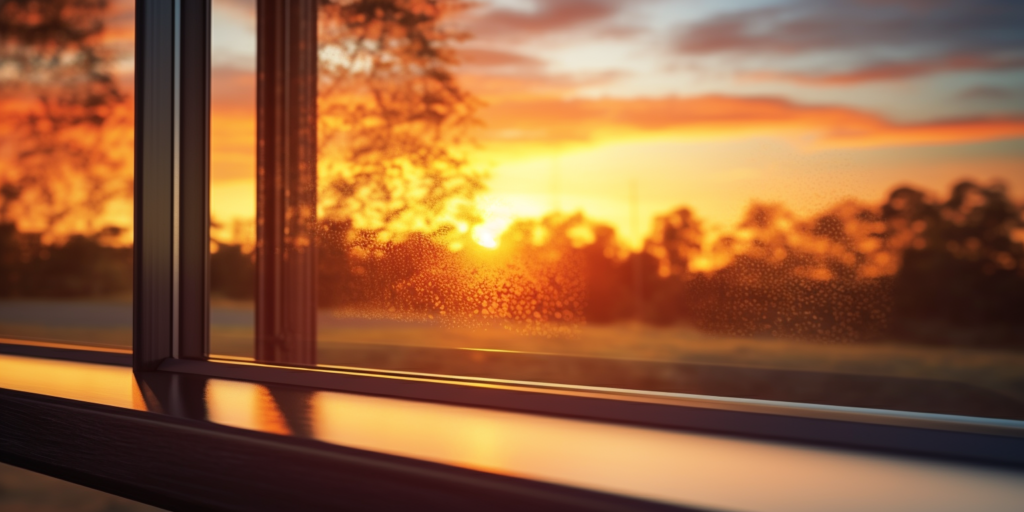Windows the eyes to the soul of your home. They let in the light, offer a view to the world, and yet, they can be the Achilles’ heel of your energy-efficient aspirations. But fear not, for today we embark on a journey to transform these glassy portals into paragons of sustainability.
The Cost of Inefficiency
Let’s start with some cold, hard facts—much like the draft you feel from those old, single-pane windows. According to the U.S. Department of Energy, heat gain and loss through windows are responsible for 25%–30% of residential heating and cooling energy use. That’s like throwing money out the window—literally.
The Science of Window Efficiency
Before we dive into the nitty-gritty of window replacement, let’s get a bit scientific. The efficiency of a window is determined by several factors:
- U-Factor: Measures how well a window insulates. Lower values mean better insulation.
- Solar Heat Gain Coefficient (SHGC): Indicates how much solar radiation the window lets in. Lower values mean less heat gain.
- Visible Transmittance: Measures how much light passes through. Higher values mean more light.
- Air Leakage: Measures the rate of air movement around a window. Lower values are better.
The Options at Your Disposal
Single-Pane Windows
These are your grandmother’s windows—literally. They offer minimal insulation and are a relic of a bygone era.
Double-Pane Windows
The most common choice for modern homes. They consist of two glass layers with an insulating gas in between.
Triple-Pane Windows
For those living in extreme climates, triple-pane windows offer the highest level of insulation but come with a hefty price tag.

The Replacement Process
Replacing windows is not a weekend DIY project; it requires careful planning and professional installation. Here’s a step-by-step guide:
- Assessment: Hire a professional to assess your current windows and recommend suitable replacements.
- Budgeting: Determine your budget. Energy-efficient windows are an investment, but they pay off in the long run.
- Selection: Choose the type of windows based on your needs, climate, and aesthetic preferences.
- Installation: Always opt for professional installation to ensure maximum efficiency and longevity.
Real-Life Examples
The Johnson Family
The Johnsons replaced their single-pane windows with double-pane ones and saw a 20% reduction in their energy bills within a year.
The Smith Residence
The Smiths went for triple-pane windows and not only reduced their energy consumption but also significantly decreased outside noise.
The Environmental Impact
Let’s not forget the planet. By reducing your energy consumption, you’re also reducing your carbon footprint. It’s a win-win!

Conclusion
Windows are more than just glass; they’re a gateway to a more sustainable future. So, take the plunge and invest in energy-efficient windows. Your wallet and the planet will thank you.

Note: This blog post is for informational purposes only. Always consult with professionals for accurate advice tailored to your specific needs.
So, what are you waiting for? Let’s make those windows work for you, not against you. After all, a window isn’t just a window; it’s a lens through which we see our future—clear, bright, and sustainable.
